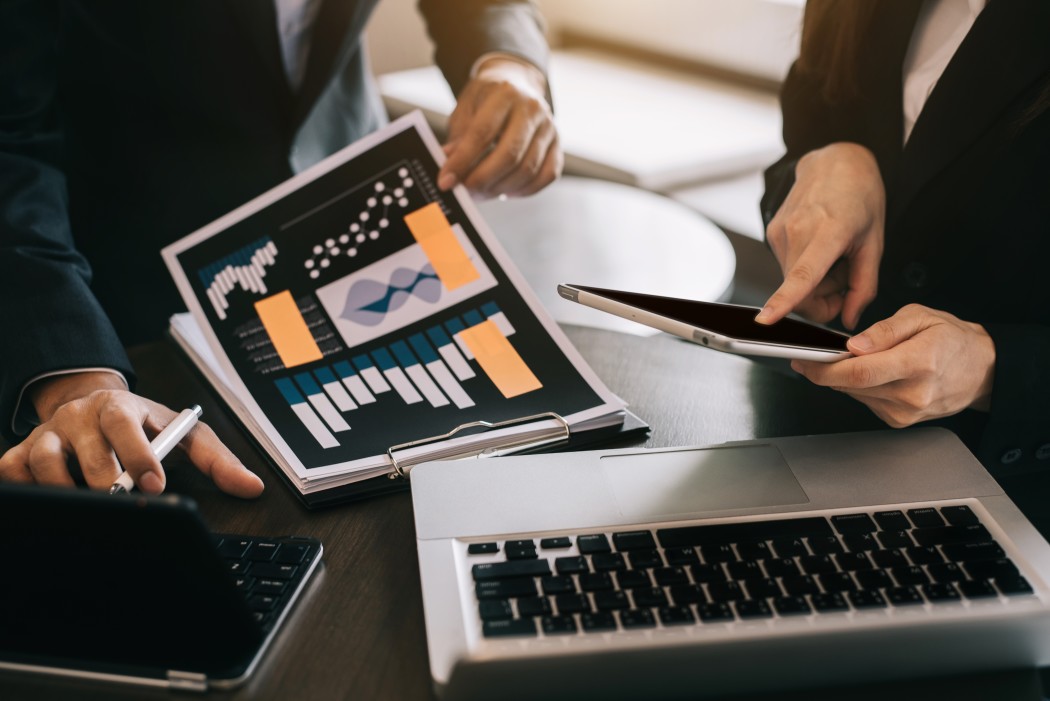The History of Invoicing
Invoicing has been around since the early days of trade and commerce. The first known use of invoices dates back to the Mesopotamian civilisation, where clay tablets were used to record transactions. In the centuries that followed, invoicing evolved to meet the needs of businesses, becoming an essential part of commerce. Today, invoicing is a vital part of doing business. It allows businesses to keep track of their sales and expenses, and helps them manage their cash flow. Invoices also help businesses build relationships with their customers, by providing a record of the products and services they have purchased.
The Early Days of Invoicing
Invoicing has been around since the early days of trade and commerce. The earliest known example of an invoice dates back to the 14th century, when a French merchant sent a bill of goods to an English nobleman. The invoice, which was written in Latin, listed the items purchased, the prices, and the total amount due. Since then, invoicing has evolved and become an essential part of doing business.
The Rise of Electronic Invoicing
The electronic invoicing, or e-invoicing, is the paperless way to send and receive invoices between businesses. This method is becoming more popular as businesses strive to be more efficient and sustainable. There are many benefits of e-invoicing. Perhaps the most obvious is that it is paperless, which means it is more environmentally friendly. In addition, e-invoicing is more efficient than traditional paper invoicing. It is faster and easier to process, and it eliminates the need for manual data entry. This can lead to significant cost savings for businesses. Despite the many benefits of e-invoicing, there are still some challenges that need to be addressed. One of the biggest challenges is getting businesses to adopt this new technology. Many businesses are still using paper invoices, and they may be reluctant to change. In addition, some businesses may not have the necessary infrastructure in place to support e-invoicing. Despite the challenges, e-invoicing is likely to continue to grow in popularity. As businesses become more environmentally conscious and seek to improve efficiency, e-invoicing will become an increasingly attractive option.
Today, businesses of all sizes use invoices to request payment for goods and services. Invoices can be sent electronically or by mail, and they typically include the following information: - The name and contact information of the business - The name and contact information of the customer - A description of the goods or services sold - The prices of the goods or services sold - The total amount due - The payment terms (i.e. the date by which the invoice must be paid) While the specifics of invoicing may have changed over the centuries, the basic principle remains the same: invoices are a way for businesses to request payment for the goods and services they have provided.
The Future of Invoicing
The future of invoicing is looking bright. With the advent of new technology, businesses are streamlining their invoicing processes and making them more efficient. This means that businesses can save time and money on their invoicing, and customers can receive their invoices faster. In the future, businesses will be able to create and send invoices directly from their accounting software. This will save businesses a lot of time, as they will no longer need to manually create and send invoices. Customers will also be able to track they’re invoices online, so they can see when they are due and how much they owe. Overall, the future of invoicing is looking very promising. businesses and customers alike will benefit from the new technology that is available.
Free Invoicing Software
There are many free invoicing software programs available online. Some of the more popular ones include Free Invoice Software.
Free Invoice software is a popular free invoicing program that offers many features to its users. These features include the ability to create and send invoices, track payments, and manage clients.
Invoicing is the process of creating and sending a bill to a customer. The history of invoicing can be traced back to ancient times, when people first began exchanging goods and services. Throughout the centuries, the invoicing process has evolved and become more complex, as businesses have become more sophisticated. Today, there are many different software programs that businesses can use to create and send invoices. However, the basic process of invoicing remains the same: businesses send bills to customers in exchange for payment.




